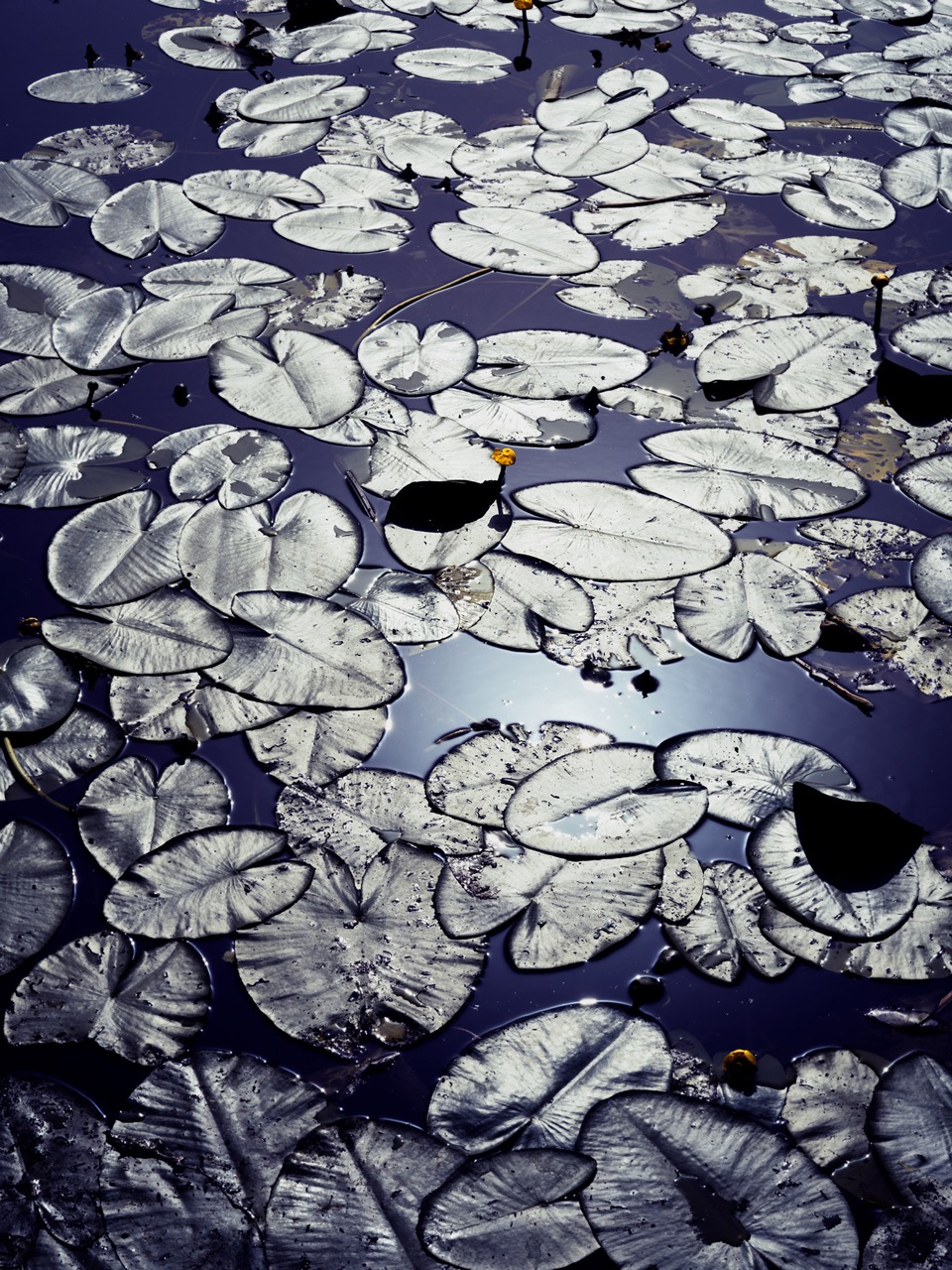
A State of Choiceless Awareness
Justin Pumfrey
Slowing down reveals images that reflect our shared path to True Nature.
Artdoc

Justin Pumfrey has explored mindfulness practices that foster presence, with photography becoming a vital gateway. By letting go of judgment and self-concern, he allows intuition to guide a process of effortless creativity. Through slowing down and embracing choiceless awareness, images emerge naturally, offering a unique reflection of our shared yet singular journey into True Nature.
Payment Failed
Justin Pumfrey: For more than 30 years, I have been working with various methods of mindfulness that guide me into presence. One of my favourites is using the camera to facilitate this process. Over time, I have noticed that the practice lays bare my assumptions about who I am, gradually freeing me from judgements and concerns about myself, allowing me to simply enjoy what is here. In my photography practice, this has reduced the interference of what Buddhist teachers call “small mind. " By being more fully engaged in my seeing, intuition takes over and becomes the foundation of a non-doing approach to creativity.



Coming to a state of choiceless awareness reveals to me what I seek. Practically, this means slowing down, making direct contact with my body and its senses, and then waiting to be seen by what wishes to see me - theopposite of trying to get somewhere and create something. This practice is a kind of waiting without waiting. The images I present here originate from this approach; whether at the moment of capture or during the editing process, it all unfoldsnaturally. As we are all unique expressions of what Buddhists call True Nature, what emerges is a kind of fingerprint that signifies who and where we are in our souls’ journeys.



About
Over several decades, Justin has produced a body of work that reflects his personal journey alongside a very successful career as an international photographer working in editorial and advertising. Justin has won many awardsfor his work, most recently first place in the 2023 and 2024 Fine Art Photography Awards and Silver at the 2023 and2024 Prix De La Photographie Paris PX3 Awards. He also won two silver awards in this year’s Analog Sparks awards.His work has been exhibited at the Saatchi Gallery in London in 2023 and 2024 at the Focus Art show.
.svg)
.svg)
.svg)










